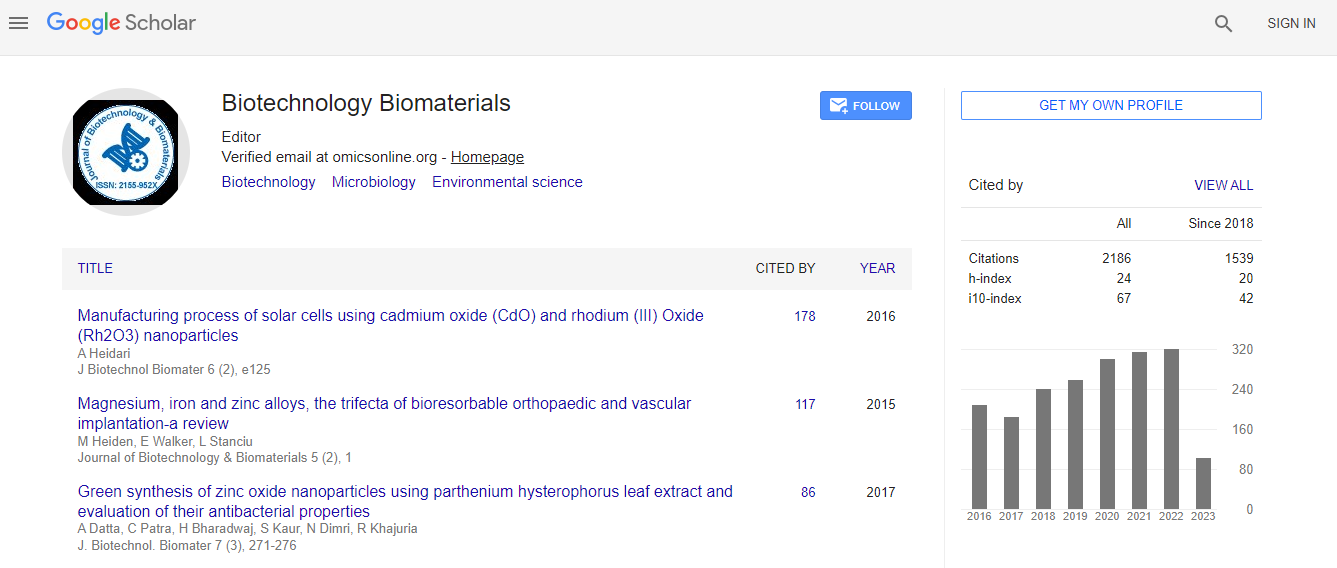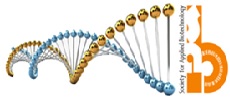Bioelectronics and Biocompatible Materials for Neural Stimulation and Brain-Computer Interfaces
*Corresponding Author: Abbas Rahdar, Department of Physics, University of Zabo, Iran, Email: abbasrahdar45@gmail.comReceived Date: Nov 05, 2024 / Published Date: Nov 29, 2024
Citation: Abbas R (2024) Bioelectronics and Biocompatible Materials for Neural Stimulation and Brain-Computer Interfaces. J Biotechnol Biomater, 14: 421.
Copyright: © 2024 Abbas R. This is an open-access article distributed under the terms of the Creative Commons Attribution License, which permits unrestricted use, distribution, and reproduction in any medium, provided the original author and source are credited
Abstract
Advancements in bioelectronics and biocompatible materials have revolutionized the field of neural stimulation and brain-computer interfaces (BCIs), opening new avenues for medical therapies, neuroprosthetics, and human-computer interaction. This review explores the role of bioelectronic devices in neural modulation, highlighting the integration of biocompatible materials that ensure long-term functionality and minimize adverse tissue responses. We discuss the design principles of neural stimulators and their interface with neural tissue, focusing on key materials such as conductive polymers, metals, and hydrogels. The challenges related to device longevity, biocompatibility, and signal fidelity are also examined, along with future directions in material innovation. The review emphasizes the importance of material selection in optimizing the performance of BCIs, particularly in applications such as deep brain stimulation, sensory restoration, and cognitive enhancement. By bridging the gap between bioelectronics and biocompatibility, these advancements hold significant potential to improve the quality of life for individuals with neurological disorders and to advance human-machine interfaces

 Spanish
Spanish  Chinese
Chinese  Russian
Russian  German
German  French
French  Japanese
Japanese  Portuguese
Portuguese  Hindi
Hindi 
